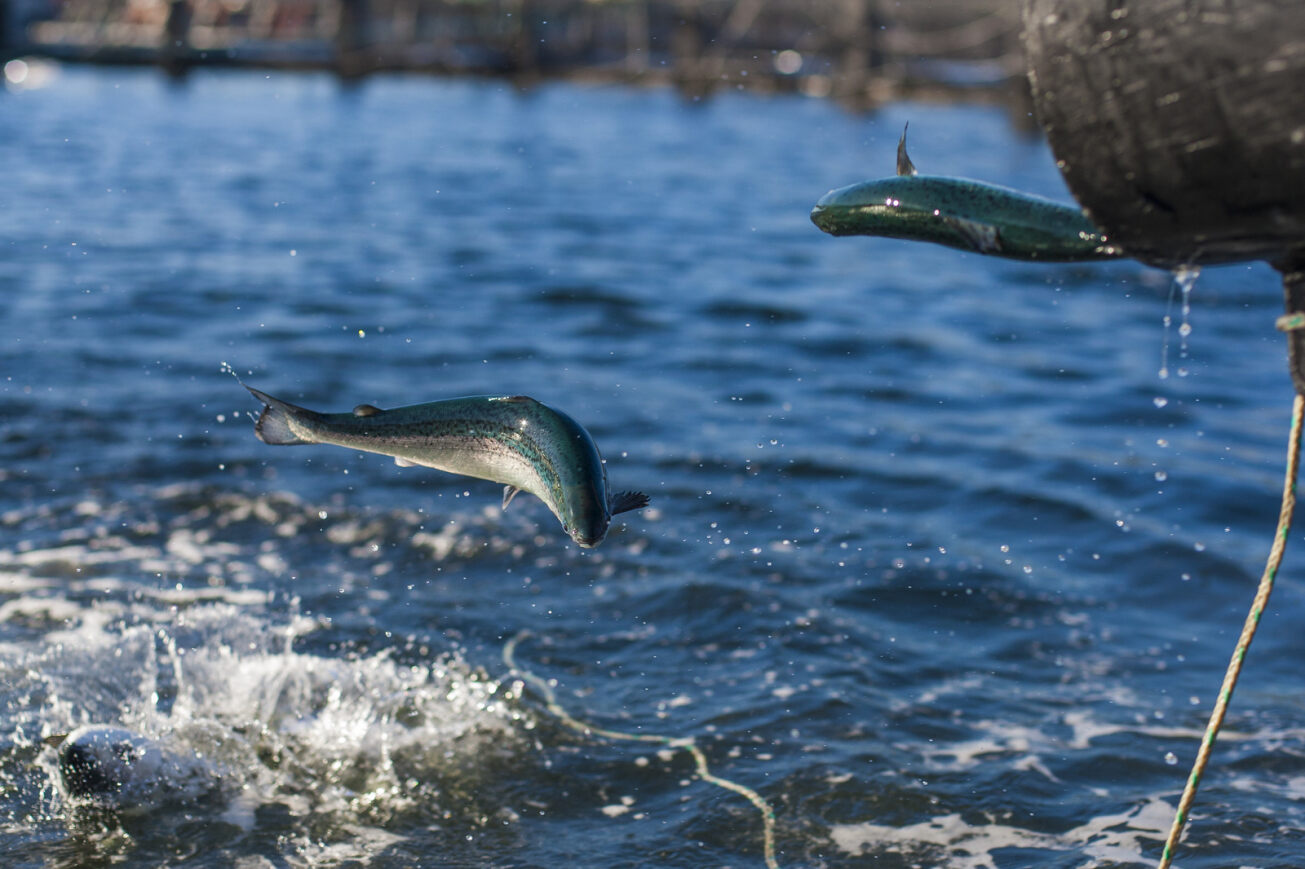A new research collaboration is investigating alternative energy options for the aquaculture sector to help operators reduce carbon emissions and save money
While the energy demands of the wildcatch fishing sector revolve largely around powering vessels, the diversity of aquaculture production systems lend themselves to a broader range of energy options.
A new 18-month collaboration with Seafood Industry Australia (SIA), FRDC and the Blue Economy Cooperative Research Centre (BECRC) is investigating sources of alternative energy to power the future of aquaculture, including land and sea-based operations (2023-080).
This initiative follows an FRDC-funded project (2021-089) for the commercial wildcatch sector, that primarily investigated alternatives to diesel fuels for vessels to reduce greenhouse gas emissions. The study identified renewable diesel and battery/electric outboards as short-term solutions for some operators, with green methanol and emissions capture showing promise, in the medium term.
SIA Aquaculture Policy and Project Officer Julie Petty says now is an opportune time to scan the marketplace to see what other options are available, or soon to be available, to help aquaculture reduce its emissions and ideally, input costs as well.
“Aquaculture has more diverse production systems, which makes a wider range of power and energy sources possible for different businesses,” she explains.
Prior to this project, SIA had proactively engaged with various aquaculture sectors through peak bodies for prawns, barramundi, oysters, tuna, abalone, seaweed, Atlantic Salmon and Yellowtail Kingfish aquaculture.

Julie highlights the important role of peak bodies in contributing ‘real life’ data to help gather information about the energy needs of their members and disseminating the findings of the project.
Research Leader and CEO at the BECRC, Dr. John Whittington, says the project will focus on decarbonising operations at a sector level, involving "early mover" businesses such as Huon Aquaculture, Tassal Group, and Yumbah Aquaculture.
“We need to understand how businesses in each of these sectors use energy – how much they use, when they use it and the variations in loads across the day, week or year. All of this affects the sorts of solutions that might apply,” says John.
The research will encompass existing and forthcoming land and sea-based alternative energy generation options over the next five to 10 years. It will also develop a roadmap to guide the aquaculture sector and businesses in decarbonising operations, including a decision-making tool to assess alternative energy options, their capabilities, costs, and benefits.
FRDC’s Acting General Manager, Strategy and Innovation Dr Jen Marshall, underscored the importance for FRDC to help the sector move toward renewable energy by supporting the scoping, costing and development of solutions.
“Few businesses in the fisheries and aquaculture sector have the time, the data or the energy to scour the world for the latest renewable energy solutions."
"The decision matrix that is part of this project will draw on the expertise of the BECRC and early-mover businesses to do this."
“The overarching theme for us is to help aquaculture and fisheries become more resilient in the face of climate change with access to alternative energy sources that will allow them to thrive.” says Jen.
For more information or to be involved in the project contact Julie Petty, SIA, jp@seafoodindustryaustralia.com.au.
Related FRDC Projects
2023-080: Alternate energy solutions for aquaculture: A Seafood Industry Australia + Blue Economy CRC Collaboration
2021-089: Climate resilient wild catch fisheries





